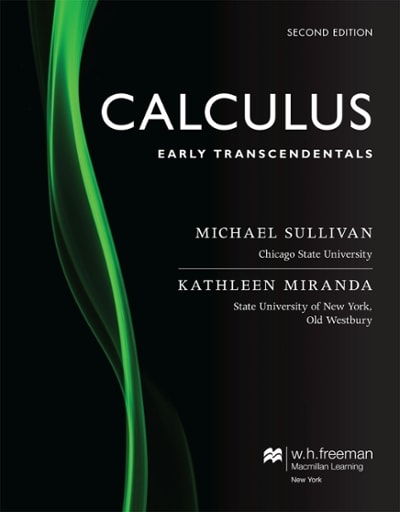Question
Executives at Sale Mart Supermarket claim that a typical family of four spends $200 weekly on routine, non-holiday, grocery purchases.According to published industry standards, the
Executives at Sale Mart Supermarket claim that a typical family of four spends $200 weekly on routine, non-holiday, grocery purchases.According to published industry standards, the population standard deviation is $25.
Stanley, another stats intern at corporate headquarters, wonders if that original claim by the executives is too high.As a project, she collects from store sales receipts a simple random sample (SRS) of size 100.The sample mean for the weekly grocery purchases for a family of four is $197.He is defining as rare, or unusually low, any sample mean that is in the bottom 10% of all possible sample means; hence, he is testing at the10%level of significance.What conclusion should Stanleydraw, based on the available evidence?
FALSEorTRUE: The basic problem frame remains the same from the previous analysis, with a hypothesized mean value of $200 for non-holiday shopping by a family of four, and a known population standard deviation of $25.
- True
- False
Stanley, another stats intern at corporate headquarters, wonders if that original claim by the executives is too high.As a project, she collects from store sales receipts a simple random sample (SRS) of size 100.The sample mean for the weekly grocery purchases for a family of four is $197.He is defining as rare, or unusually low, any sample mean that is in the bottom 10% of all possible sample means; hence, he is testing at the10%level of significance.What conclusion should Stanleydraw, based on the available evidence?
FALSEorTRUE:This is an example of a one-tail right-tailhypothesis test.
True
False
Stanley, another stats intern at corporate headquarters, wonders if that original claim by the executives is too high.As a project, she collects from store sales receipts a simple random sample (SRS) of size 100.The sample mean for the weekly grocery purchases for a family of four is $197.He is defining as rare, or unusually low, any sample mean that is in the bottom 10% of all possible sample means; hence, he is testing at the10%level of significance.What conclusion should Stanleydraw, based on the available evidence?
FALSEorTRUE: This is, instead, an example of a one-tail left-tail hypothesis test.
True
False
Stanley, another stats intern at corporate headquarters, wonders if that original claim by the executives is too high.As a project, she collects from store sales receipts a simple random sample (SRS) of size 100.The sample mean for the weekly grocery purchases for a family of four is $197.He is defining as rare, or unusually low, any sample mean that is in the bottom 10% of all possible sample means; hence, he is testing at the10%level of significance.What conclusion should Stanleydraw, based on the available evidence?
FALSEorTRUE: As this statistical analysis progresses, the null hypothesis would be rejected if the test statistic to be calculated in this left-tail test case falls below or left of the critical value or cutoff score; additional rejection rules include if thep-value is smaller than the level of significance, alpha, and if the hypothesized value falls outside the corresponding confidence interval.
True
False
Stanley, another stats intern at corporate headquarters, wonders if that original claim by the executives is too high.As a project, she collects from store sales receipts a simple random sample (SRS) of size 100.The sample mean for the weekly grocery purchases for a family of four is $197.He is defining as rare, or unusually low, any sample mean that is in the bottom 10% of all possible sample means; hence, he is testing at the10%level of significance.What conclusion should Stanleydraw, based on the available evidence?
Stating the hypotheses as



Step by Step Solution
There are 3 Steps involved in it
Step: 1

Get Instant Access to Expert-Tailored Solutions
See step-by-step solutions with expert insights and AI powered tools for academic success
Step: 2

Step: 3

Ace Your Homework with AI
Get the answers you need in no time with our AI-driven, step-by-step assistance
Get Started


